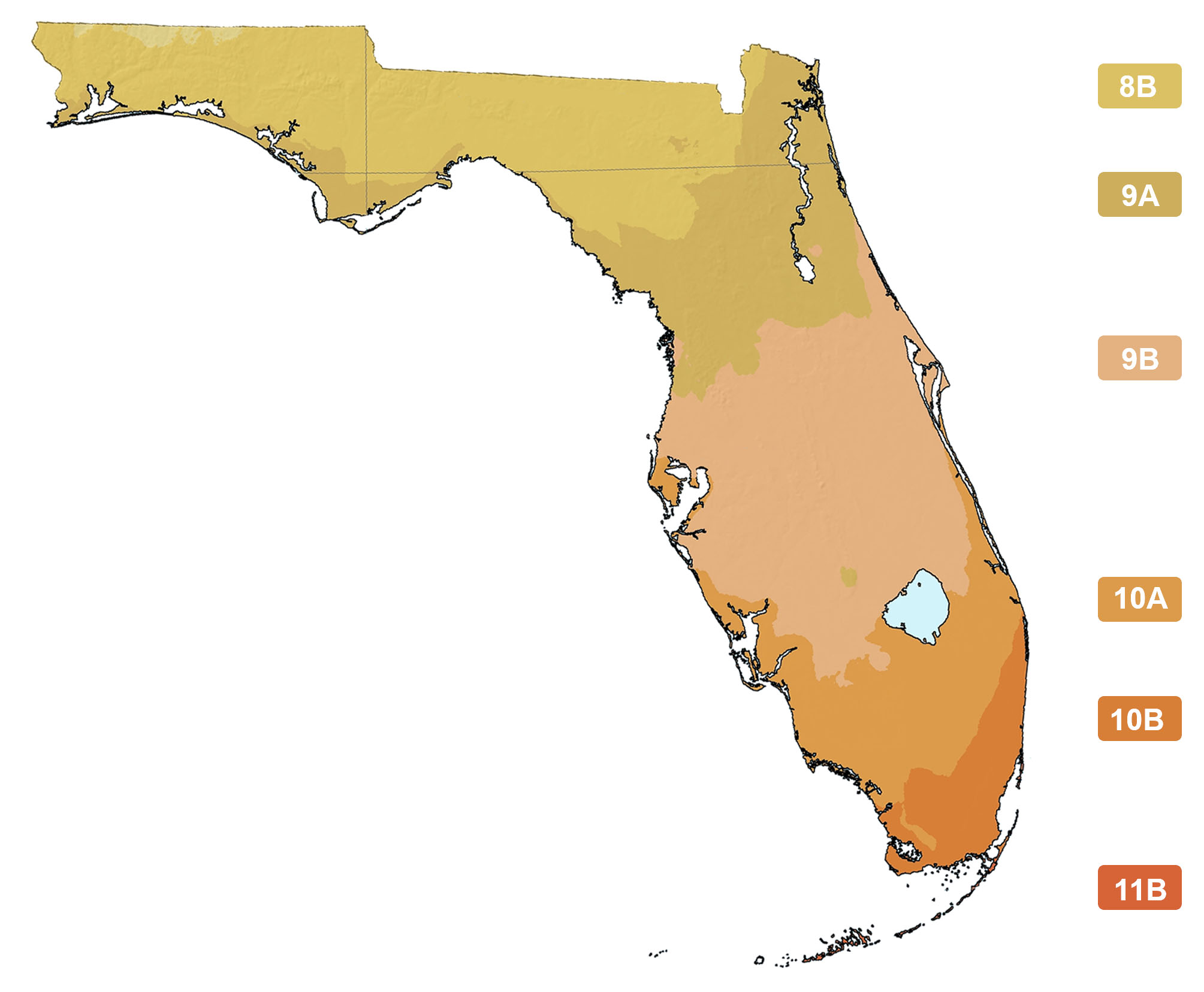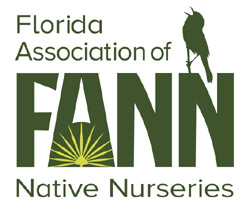Nelumbo lutea
Photographs belong to the photographers who allow use for FNPS purposes only. Please contact the photographer for all other uses.
Lotus-lily, Yellow Lotus, American Lotus
Nelumbonaceae
Plant Specifics
| Form: | Aquatic | |
| Size: | ft | |
| Life Span: | Long-lived perennial | |
| Flower Color: | Yellow | |
| Fruit Color: | Brown,black | |
| Phenology: | Winter dormant | |
| Noted for: | Showy flowers, Showy fruits, Interesting foliage |
Landscaping
| Recommended Uses: | Water plant. | ||||||||||||||||||||||||||||||||||||||||||
| Considerations: | Can be aggressive. This is not a plant for small places. | ||||||||||||||||||||||||||||||||||||||||||
| Propagation: | Division of tubers or seed. Seeds are available through the Florida Wildflowers Growers Cooperative. | ||||||||||||||||||||||||||||||||||||||||||
| Availability: | Native nurseries, Seed, Specialty providers | ||||||||||||||||||||||||||||||||||||||||||
| Light: | Full Sun | ||||||||||||||||||||||||||||||||||||||||||
| Moisture Tolerance: |
always floodedextremely dry |
||||||||||||||||||||||||||||||||||||||||||
| (Aquatic (always flooded) ----- to ----- Aquatic) | |||||||||||||||||||||||||||||||||||||||||||
| Moisture Tolerance: | Aquatic (always flooded) ----- to ----- Aquatic | ||||||||||||||||||||||||||||||||||||||||||
| Salt Water Flooding Tolerance: | Not salt tolerant of inundation by salty or brackish water. | ||||||||||||||||||||||||||||||||||||||||||
| Salt Spray/ Salty Soil Tolerance: | Low/no tolerance of salty wind or direct salt spray | ||||||||||||||||||||||||||||||||||||||||||
| Soil or other substrate: | Pond, lake, or stream bottom | ||||||||||||||||||||||||||||||||||||||||||
| Soil pH: | |||||||||||||||||||||||||||||||||||||||||||
Ecology
| Wildlife: |
The seeds of this wildflower are consumed by the Canada Goose, Mallard, Northern Shoveler, and probably other waterfowl. (Illinois Wildfllowers). Beaver (and likely other wetland mammals) will consume seeds and veegetative parts of the plant. | |
| Insects: | The flowers are cross-pollinated by bees which collect pollen for their larvae. Two bee species that occur in Florida Lasioglossum nelumbonis and and Hylaeus nelumbonis, specialize in the pollen of the American lotus. Other visitors include flower flies (Syrphidae), shore flies (Ephydridae), and miscellaneous beetles. This latter group of floral visitors feed on pollen. (Illinois Wildfllowers). | |
| Native Habitats: | Ponds, lakes, rivers still or slow moving water in areas not subject to substantial wave action. |
Distribution and Planting Zones
Natural Range in Florida
USDA Zones
Suitable to grow in:
8A 8B 9A

USDA zones are based on minimum winter temperatures
Comments
| Ethnobotany: | Tubers were eaten by Indians (said to be similar to sweet potato) and leaves were eaten as greens (said to be similar to spinach). Dried fruits used as decoration in dried arrangements. | |
| General Comments: | This can be a love-it-or-hate-it plant. It is robust and can cover a large area. Consider where you are going to plant it, and avoid planting in areas where it could take over a community pond. While this plant meets the Florida Native Plant Society's definition of native (here when Europeans first arrived), the center of its range is the Mississippi River and its tributaries. American Indians are known to have spread this plant given that it was a good, prolific food source once established. They may have brought it to Florida. |






